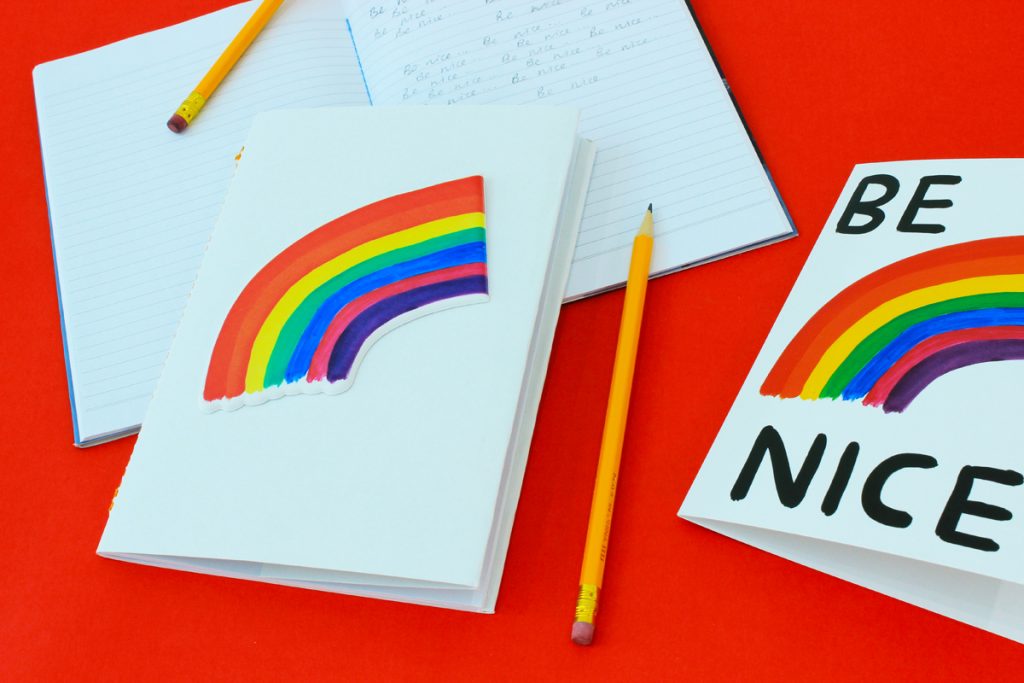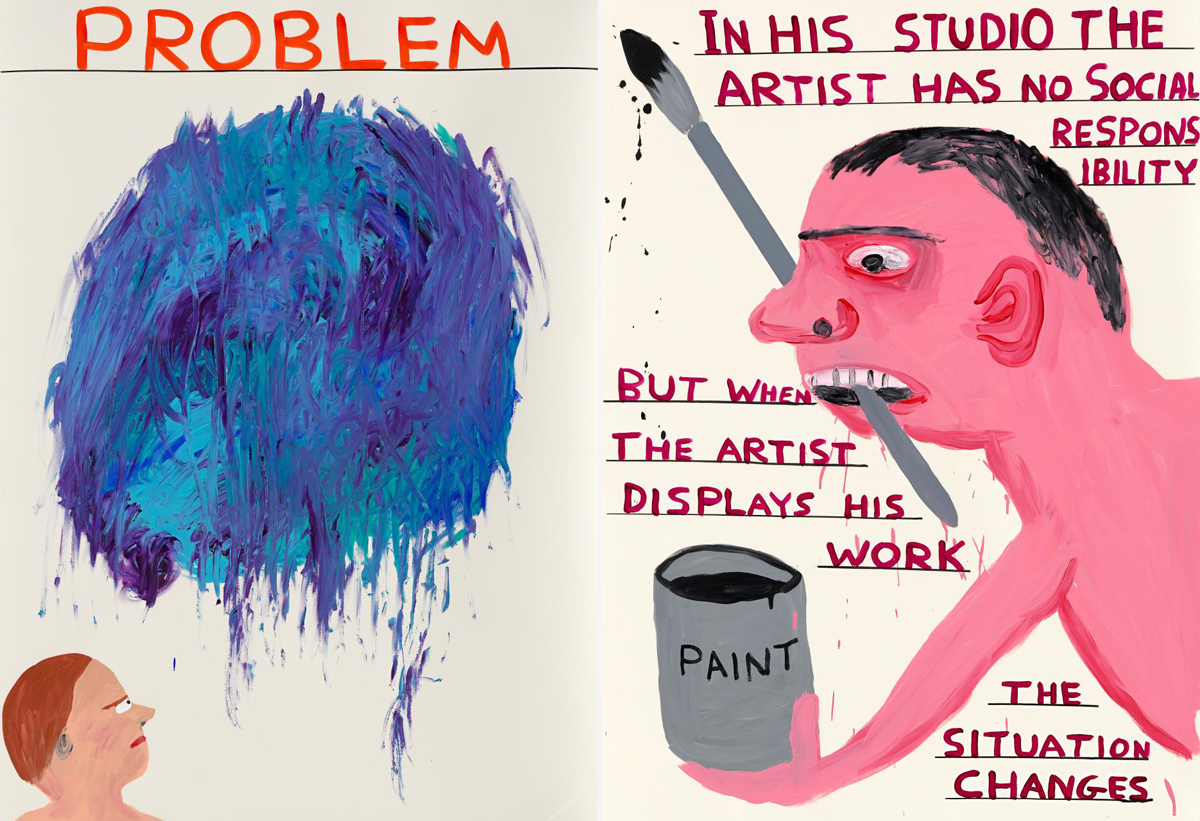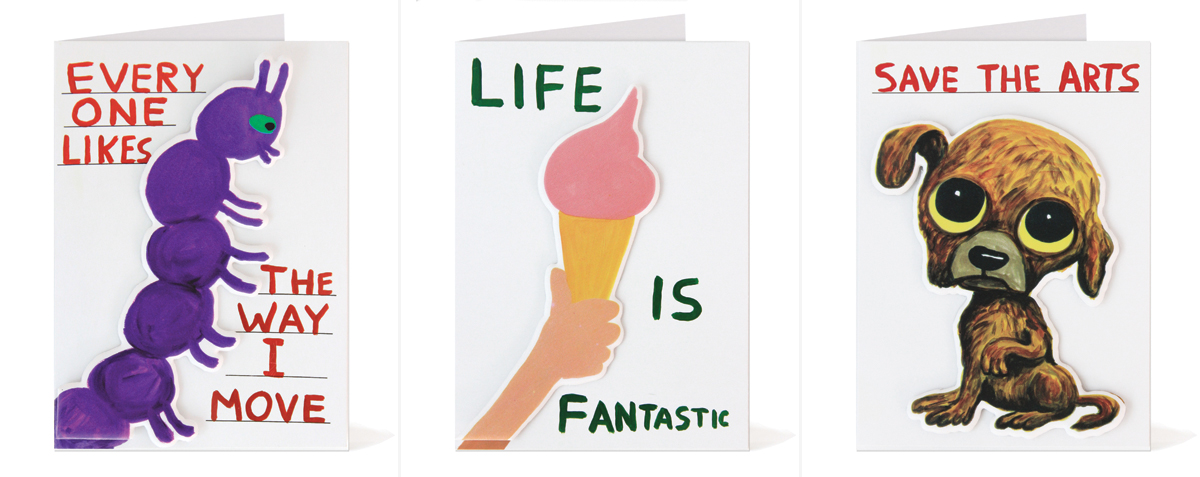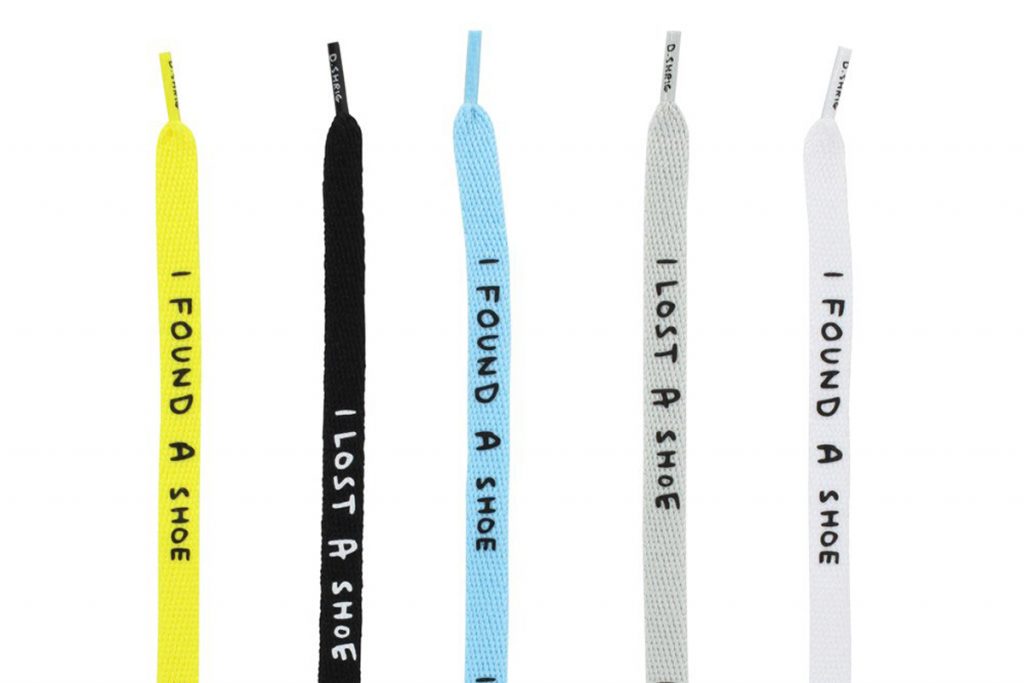Interview: David Shrigley
Ahead of another humorous joint project with Third Drawer Down, the artist talks about adulthood and “proper” jobs

When he was inspired as a child to make cover art for Adam and The Ants, Brighton-based artist David Shrigley could have never predicted that he would go on to create everything from larger-than-life-sized sculptures to music videos, flags, a mascot (for Scottish Premiership football team Partick Thistle), animated shorts, to 12 different album covers for Deerhoof. In 2007 the album Worried Noodles was released, for which musicians (including David Byrne, Grizzly Bear, Hot Chip and YACHT) used Shrigley’s writing as lyrics. Between all the books, records, guitar picks and beyond, Shrigley seems to have succeeded at more mediums than many artists are brave enough to try.
Despite all these successes, Shrigley’s work is enchantingly pretense-free. Best known for his seemingly childlike drawings, Shrigley’s technique seems to be one of taking the most logical route to illustrate a concept or a feeling, yet holding just enough back to have a slight disconnect between words and images. The result is thought-provoking and oftentimes creates a delightful absurdity or melancholy humor. He leaves so much up to the viewer (or listener) that you can imagine peering at his works with him right next to you, both pondering the meaning—or meanings.

A few years ago, Melbourne-based studio (and retailer) Third Drawer Down contacted the artist and suggested they work together and the collaborations have continued ever since. The most recent projects (available for pre-order now) are a set of greeting cards—complete with puffy stickers—and a bike bell that reads “Not to be rung again until Jesus returns.” We spoke with the charming and pragmatic artist about collaborating, adulthood, napping and “proper” jobs.

Let’s start at the (almost) beginning. It’s been well-documented that you first thought about being an artist because you wanted to make cover art for Adam and The Ants records. Now, your work is often described as “childlike,” do you feel like much has really changed?
It was a long time ago… I was the same as I am now, just a bit smaller and skinnier. I guess you’re just a nascent version of yourself as a child. That’s the only difference. I think, you’re very much the same. In reference to Adam and the Ants, they were the first band I was really into—they were my musical awakening—and at that time I figured that if you wanted to have some kind of career as an artist that’s sort of what artists must do. Somebody must make the art for record covers. That was a potential career path for me, I didn’t imagine there were any other options for an artist. Or, I couldn’t think of any at that time—that was within my sphere of reference.

So was there a specific moment you realized you could make a living being an artist, purely making art?
Probably when I started actually doing it! [laughs] That was my realization. I was probably about 27 by the time this happened. I guess it was a different era, it was a different era for the art world when I left art school. It wasn’t really the precedent for people leaving art school to make a living as a conceptual artist. People left art school and became figurative painters, but anything else… Maybe it was the time that made me realize.
Even leaving art school I didn’t really realize you could make a living as an artist. I didn’t realize there was such an occupation, didn’t imagine there was that designation on your tax return. It took a long time and I explored various avenues, wanting to be a creative person—to try to make a living and not have to get a proper job.
I never was good enough or committed enough to anything else
The idea of a “proper” job is interesting, do you feel like you have a proper job now?
I have a career, I suppose. But I don’t have a proper job. I’ve never had a job… I guess it’s a bit misleading if you say you’ve never had a proper job because they might think you’re just lazy. Or you’re a recovering smack-head. But I guess it’s not just for artists—there are a lot of people who never have proper jobs. One tends to forget—it’s interesting that most of the world has to have a proper job. That’s not to say I never had to work for a living—I’ve done lots of odd jobs, living in semi-poverty and living hand-to-mouth. But I never was good enough or committed enough to anything else. I never had the desire, which is actually quite fortunate… I think I applied for a job once!
So what were some of those odd jobs?
Most artists—maybe more male artists—end up doing exhibition installation and art handling. That’s the sort of the job you end up doing, and if you’re good at it you get a real job doing it, or if you’re like me and are mediocre at it, you don’t get the job. [laughs] And you have to rely on being an artist. I guess I was just lucky to have made that leap.

You have to be disciplined though. You’ve mentioned many times how napping is essential—and often have a napping station at your shows for visitors. Other than sleep, what recharges you?
I guess you have to do something else sometimes. I think that’s quite important. To have weekends off and maybe have a holiday now and again. Just doing different things, like trying to fix the satellite TV like I was doing this afternoon. Walking the dog. I guess my life informs what I do and in your downtime, you inevitably think about the work you’re doing, but it’s important on a mental health level to do something different. Reading is a good mental exercise. Sometimes taking a day off and reading all day is a great thing to do—for me anyway. Go to football matches. Taking the dog for a walk, and other mundane things.
You’ve collaborated with Third Drawer Down quite a lot, can you explain how it came about and what it’s like working with a brand?
I think they emailed me and asked me if I wanted to do a tea towel. And I said, “Alright then, yeah. I’ll do a tea towel.” [laughs] Quite often collaborations that I have ended up with just start with somebody emailing me out of the blue and a beautiful friendship accrues from there.
Theft is really the sincerest form of flattery
Your style and humor are influential and resulted in you influencing plenty of artists, as well as having some of your ideas ripped off. How do you feel about the phrase “imitation is the sincerest form of flattery”?
I think theft is really the sincerest form of flattery. If people are actually prepared to steal what you do, you should be flattered. But imitation, whatever—you kind of do that without knowing. But theft—if they steal your book from the bookshop, that’s something you should be pleased about.
David Shrigley + Third Drawer Down puffy sticker cards and bike bell are available for pre-order online now. Make sure to look at all the other Shrigley products too.
Images courtesy of David Shrigley and Third Drawer Down












